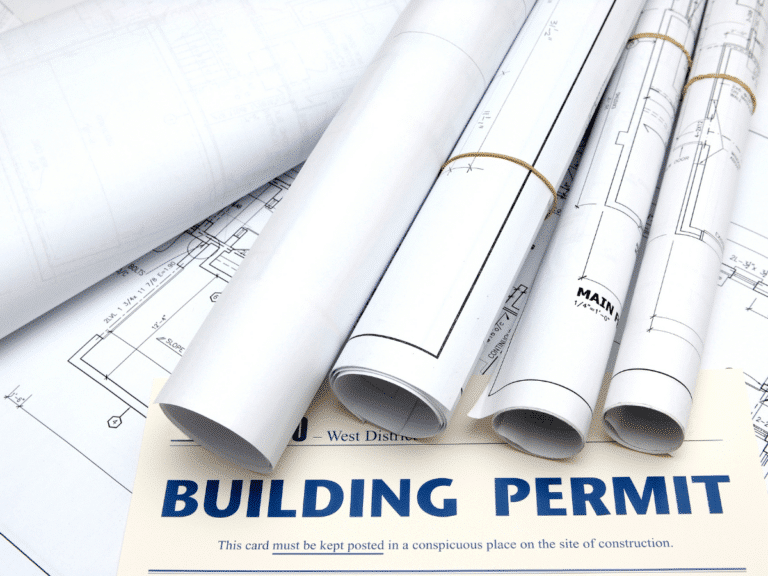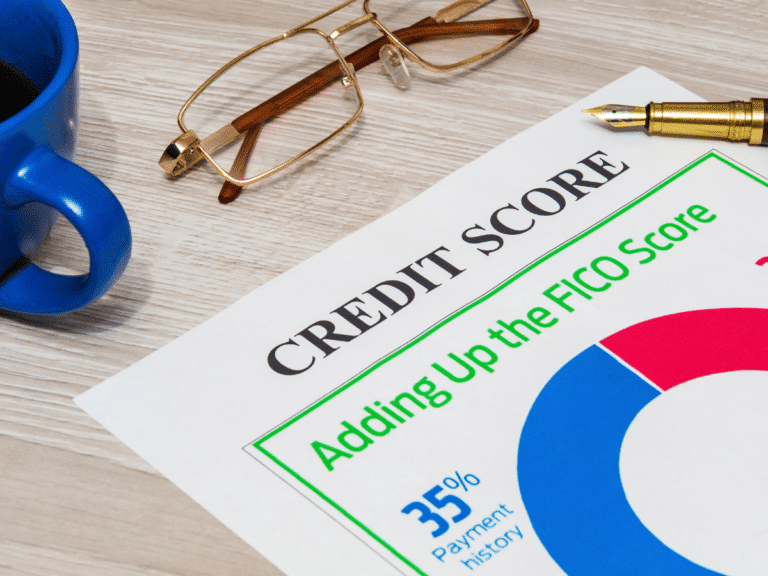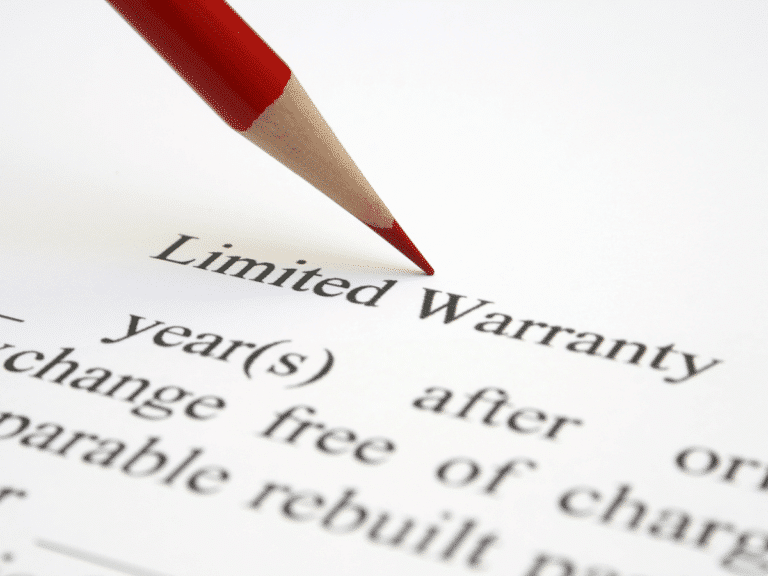Let’s Create Your Perfect building
Request a quote or begin designing your own building!

Buying a shed isn’t a small decision; it’s about finding the perfect structure that fits your needs and budget! We have been building sheds since 2011, and we want customers to be well-informed, allowing them to make purchase decisions they will not regret. Our mission is simple: Deliver one-of-a-kind yet affordable buildings to our customers. This shed buying guide will walk you through 6 main points to consider before handing over your down payment. Let’s get started!
How will you use this space? Answering this question helps you choose a shed size and any custom options to add.
There are multiple siding and roofing options, like metal and wood. Choose the one that fits your needs.
Research required permits and zoning regulations before purchasing.
Verify you have enough room for your desired shed and prep a level foundation area.
Sometimes, a single payment is not an option. Look for shed companies with rent-to-own or financing options to pay over time.
Verify the manufacturer’s warranty and delivery options for your shed. Only purchase a shed with a good warranty.
Before choosing your shed, think about how you plan on using it and what your possible secondary uses are in the future. A backyard shed can be used for many things besides storage. For example, some customers have outfitted their sheds as fully functional home offices or hobby spaces to escape the world.
First, list your primary needs for your shed, followed by potential uses. Thinking and planning help you maximize your investment. By identifying your shed uses up front, you can make informed decisions about the size, design, and custom features, ensuring your structure meets your needs in the future.

A backyard shed can be used for so much more than just storage. You can outfit your shed for your favorite hobbies or creative pursuits. For example, if you love painting, woodworking, or crafts, you can customize your shed to fit your needs.
When shopping for a shed, consider the activities you enjoy and what setup they require. Do you need a tool bench for woodworking or mechanical work? Do you need natural lighting, insulation, and electrical outlets for a home photo studio? Planning will guarantee your shed is functional and meets your future needs. Add shelves, pegboards, or benches for organization, or get a finished shed with insulation and electrical if you want a hobby or home office space.

Getting the right shed size is one of the most important decisions in the buying process. Too small, and you will run out of space; too large, and you end up with wasted space that isn’t used efficiently. The key is to find the right balance based on your intended use and available yard space.
Start with understanding how you will use your shed. If you want a simple storage space for garden tools and lawn equipment, a compact 10×12 shed might be all you need. However, if you want a spacious workshop or backyard office, you will want something larger, like a 12×20 or even bigger.
Next, verify you have enough space in your yard for your shed to fit comfortably, with room for doors, pathways, and any other necessary clearance. Before settling on a shed size, you should check your local zoning or HOA laws to make sure it will comply with the regulations. Some towns have shed size restrictions or require setbacks from property lines.

Customizing your shed is the fun part of choosing a shed! At Premier Building Solutions, we believe your shed should be more than just a basic structure! We offer a wide range of customization options, allowing you to design a one-of-a-kind shed.
We have multiple shed styles available, with customizable colors and building materials. We build metal and wooden sheds with multiple color options and combinations. You can choose from multiple window options and doors and add extra features like ramps, shelving, or overhead lofts for additional storage space.
We have an easy-to-use 3D Shed Builder, so you can visualize and design your shed before committing. With this tool, you can change window and door placements, try different color combinations, and save your designs for later. Visit our 3D builder and start designing today!
When it comes to outdoor sheds, there are no one-size-fits-all options. The best material for your shed will depend on how you want to use it, maintenance requirements, and the style you want it to look like. We build wooden and metal sheds, the two primary materials most shed builders use. Here are the pros and cons of each.

Metal sheds are popular due to their low maintenance requirements and durability. They also tend to be more affordable than wooden sheds. The main downside to metal sheds is design versatility and aesthetic appeal, as wooden sheds are more customizable and have more paint options. If you want a simple storage space, a metal shed is an affordable option with lower maintenance requirements.

Wood is the traditional choice for outdoor sheds, and for good reasons. It is strong, highly customizable, and, with the advancements in engineered wood products, more durable than ever before! A wood shed has a higher curb appeal, improving your property value. However, wood is still susceptible to rot and insect damage, more so than metal sheds. A wooden shed will require more maintenance, such as periodic repainting or staining.

Permit requirements vary by municipality and state. Check with your local municipality to verify the rules and regulations. While smaller sheds may not require a permit, larger structures often do.
For example, in Virginia, structures over 150 square feet or 8 feet high require a setback from property lines ranging from 10 – 20 feet. If your shed is over 256 square feet, you might also need a building permit and a property survey.
Dealing with permits and zoning paperwork can sound overwhelming, but the process is often straightforward. A quick call to your local zoning office or visit your city’s website will clarify the requirements in your area. Following the proper permitting process will help you avoid fines or delays in your shed delivery.

Even if you already have a spot in mind for your shed, taking a few extra steps to assess the location can save you from future headaches. Verify you have enough room around your shed for easy upkeep. Clearance for mowing and weed control will help keep the area neat and prevent moisture buildup against the shed walls. Before preparing the site, verify if there are any buried utility lines, water pipes, or septic tanks beneath the area.
While not always required, a good shed foundation extends the life of your building by improving stability and preventing water damage. A crushed gravel foundation is one of the best options—it allows for drainage, supports the shed on uneven ground, and requires minimal maintenance. Taking these steps will help protect your investment and keep your shed in great condition for years to come.

When it comes to budgeting for a shed, there are a few things to consider. If you plan on purchasing a prefab shed, you must choose between a wooden shed, a vinyl shed, and a metal shed. For example, a wooden shed will cost more than a metal or vinyl shed. If you have a tight budget, opting for a metal shed will help save money.
The right price for most shed buyers is around $3000-6000. If you’re uncomfortable making a full down payment, many shed builders offer a rent-to-own plan or financing where you can pay in monthly installments. Rent-to-own plans do not affect your credit score, so you can cancel the plan and return your shed without damaging your score.
Financing or rent-to-own options make shed ownership more accessible, but they’re not always the best choice for everyone. Before deciding, here’s what to consider: Rent-to-own (RTO) requires no credit check and instant approval but comes with leasing service fees. The longer your payment term (e.g., 60 months vs. 24 months), the more the total cost of the shed.
Traditional financing typically costs less than RTO but is still more expensive than a one-time payment. You can get lower interest rates and better terms if you have a good credit score.
If you can afford to pay upfront, you will save the most money, but RTO and financing allow you to get a shed now and pay over time. Ultimately, the best choice depends on your budget, financial comfort, and long-term goals.

A good warranty is an important part of choosing your shed. For example, our metal shed siding comes with a 40-year paint warranty, and our wooden shed siding has a 50-year prorated warranty. Choosing a shed company with strong warranties is vital since it protects your investment.
How your shed is delivered will depend on who you purchase it from. If you get a shed kit, it will be delivered to you in pieces, and you will need to assemble it. However, if you purchase a prefab shed from a local builder, they will deliver it to you fully assembled. For example, we deliver our sheds preassembled for free within 40 miles of any of our locations! Double-check the delivery details before buying your shed.
We hope these 6 key points are helpful in your shed buying decisions. A new shed can be a large investment, so it is important to make sure you get one that fits your needs! Contact us if you have more questions not answered in this shed buying guide; we would love to help! If you are ready to take the next step, you can start designing using our 3D builder or request a free quote!